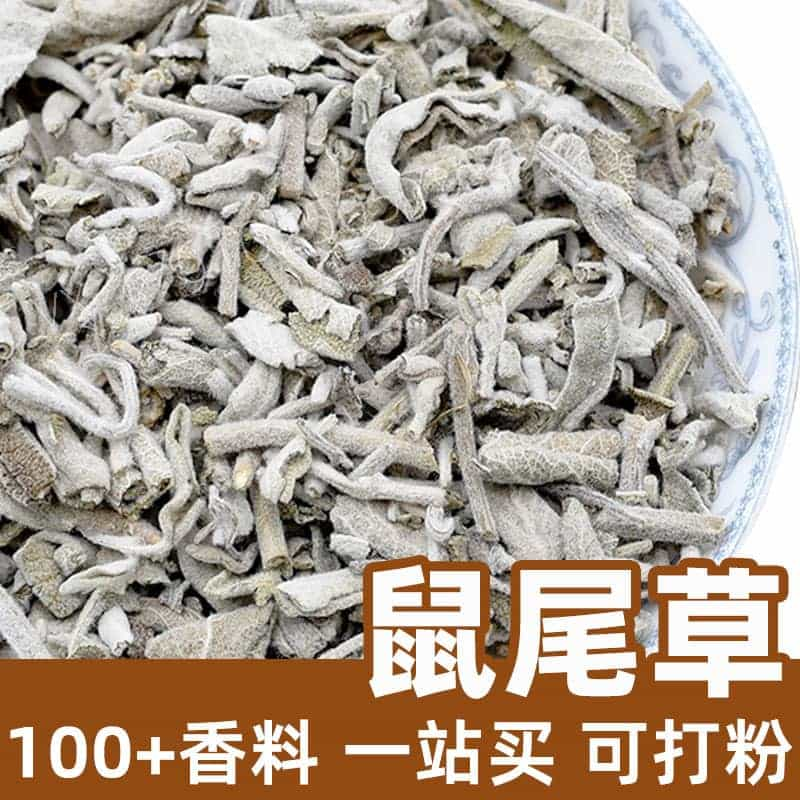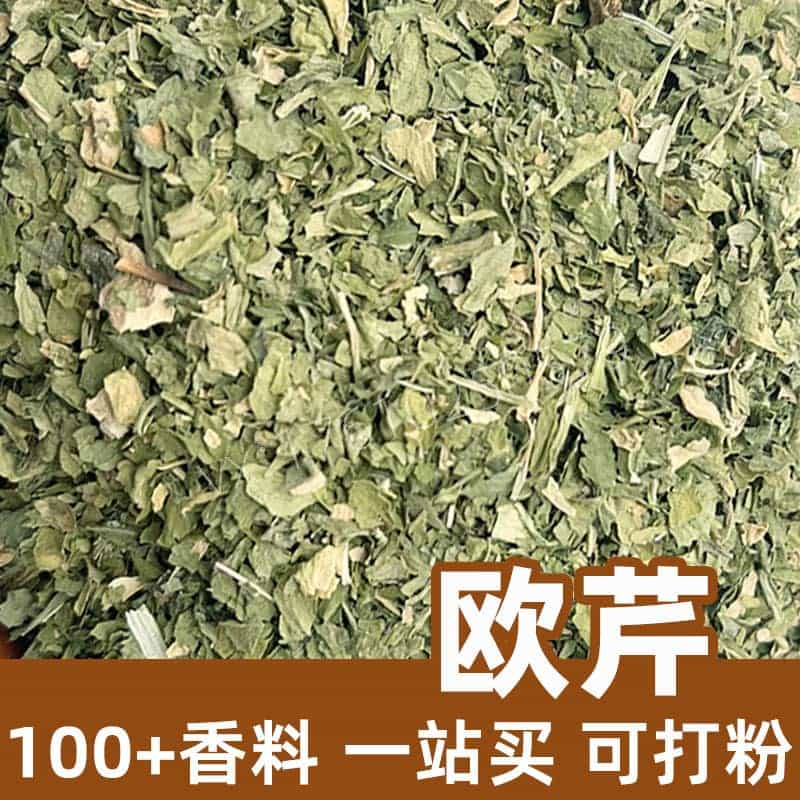Product Introduction
White pepper is a commonly used spice and seasoning, widely applied in cooking and flavoring. It can appear in powdered or granular form, typically white or slightly gray in color.
The spice comes from the interior of the fruit of the white pepper plant, processed and refined for use. White pepper contains chemical components such as piperine and volatile oils, which contribute to its distinctive spicy aroma and flavor.
Aromatic Chemical Components
The aroma of white pepper primarily comes from piperine and volatile oils. These chemical components give white pepper its unique, spicy scent and flavor. Compared to black pepper, white pepper has a milder and more delicate aroma.
Product Types
White pepper is mainly supplied in powder or granular forms. Depending on the processing method and particle size, white pepper can be categorized into coarse-grain white pepper and fine-grain white pepper.
Coarse-grain white pepper is typically whole peppercorns, larger in size, and used in cooking. Fine-grain white pepper is ground into a fine powder and is commonly used in seasoning and flavoring.
Usage Scenarios and Dosage
White pepper is widely used in cooking and seasoning. It can be added to various meats, seafood, vegetables, and other ingredients to enhance their flavor and aroma, making dishes more delicious and appetizing.
White pepper is also often used in baking, particularly in pastries and bread. It can enhance the aroma and flavor of bread, making it more appetizing.
In medicinal use, white pepper has certain applications. Traditional herbal medicine considers white pepper to have digestive, warming, and cold-extracting properties. It is commonly included in Chinese medicine formulations, such as treatments for cold-induced diarrhea.
When using white pepper, the amount can be adjusted according to personal taste and the specific ingredients being used. It is generally recommended to sprinkle it moderately on dishes or use it during the cooking process.
Plant Source, Distribution, and Growing Environment
White pepper and black pepper come from the same plant, the pepper plant. White pepper is made by processing the inner seed coat of the pepper fruit.
Pepper plants are primarily found in tropical regions, including India, Vietnam, Brazil, and other areas. They require suitable climate and soil conditions to grow and are typically cultivated in tropical and subtropical climates.
Harvesting, Processing, and Storage
The harvesting and processing methods for white pepper are similar to those for black pepper. White pepper is obtained by processing the pepper fruit, removing the outer skin and flesh, and retaining the inner seed coat.
To maintain the freshness and quality of white pepper, it should be stored in a dry, cool place, away from direct sunlight. It is recommended to keep it in a sealed container to extend its shelf life.
Monica Sun is a seasoned expert in the natural raw materials industry, with over a decade of experience specializing in traditional Chinese medicinal herbs, spices, and fungi. She is skilled in the sourcing, processing, and application of these materials, emphasizing sustainability and innovation. Monica Sun has contributed to the development of high-quality natural raw materials that serve as essential components in functional foods, pharmaceuticals, and cosmetics, delivering tailored solutions to meet diverse market needs.

.jpg?orientation=landscape&width=800&height=800)







.jpg)


.jpg)


